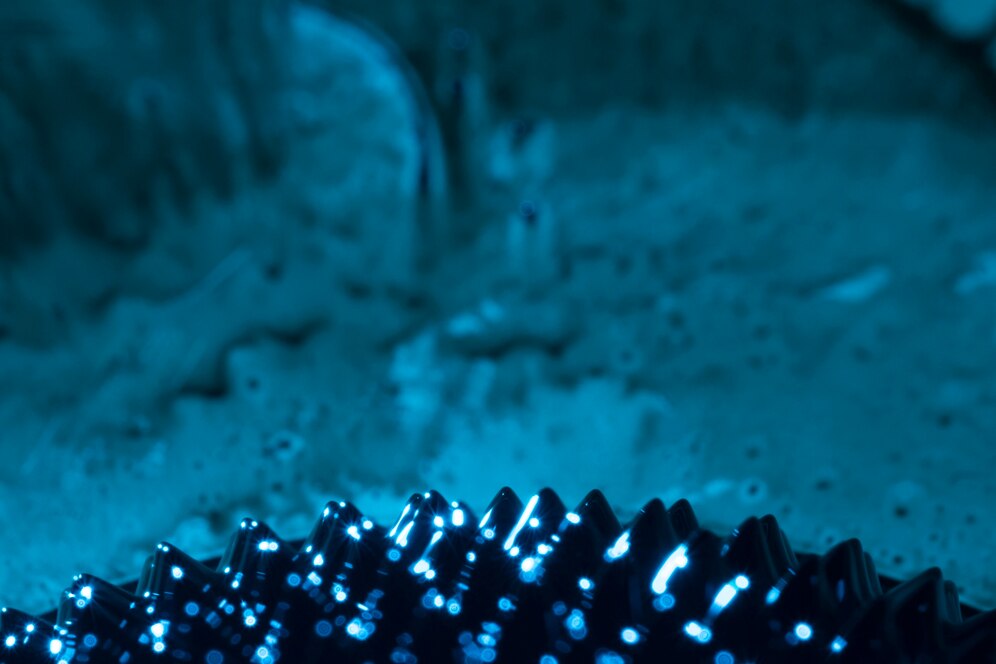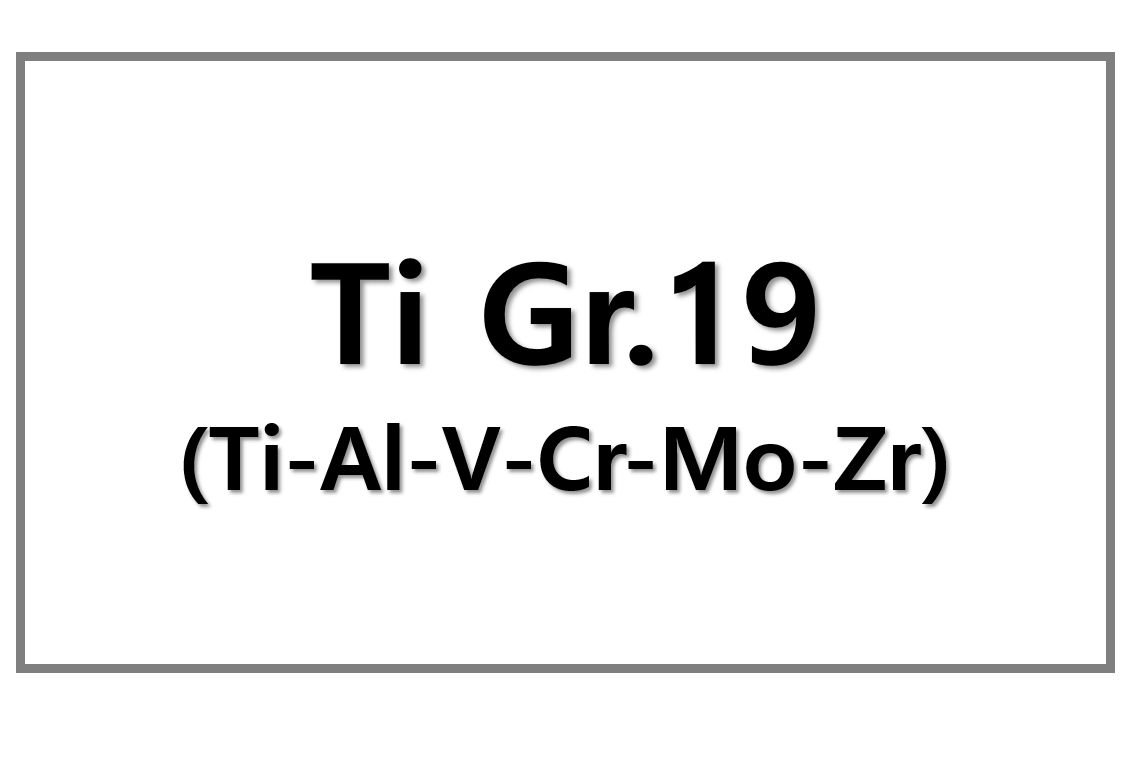
China’s nickel consumption growth has faced significant constraints in 2024 due to weak demand in the nickel-cobalt-manganese (NCM) cathode active material (CAM) sector. This issue is compounded by the growing market dominance of lithium-iron-phosphate (LFP) CAM, which has surged in popularity for use in new energy vehicle (NEV) batteries. Despite the overall growth in the NEV sector, demand for NCM batteries has lagged, restricting nickel consumption growth.
Slow Growth in NCM Battery Production and LFP’s Market Dominance
From January to September 2024, China’s NEV battery production increased by 37% year-on-year. However, the NCM battery sector only grew by 19.2%, far behind the 45.6% growth seen in LFP battery production. This divergence highlights the growing shift towards LFP batteries, which are now seen as a more cost-effective alternative, further slowing the demand for nickel in the NCM battery sector.
NCM precursor production grew by 4%, while NCM CAM production saw a 10% rise, but these numbers still fall short compared to the growth seen in LFP production. Nickel sulphate production, a key feedstock for NCM production, is expected to drop by 1%, but the overall nickel supply is projected to increase by 6% due to higher nickel imports.
Rising Imports of MHP and Matte for Nickel Production
To meet the growing demand for nickel sulphate and class I nickel, China has been significantly increasing its imports of key feedstocks such as mixed hydroxide precipitate (MHP) and matte:
MHP imports grew by 17% to 1.07 million tons in 2024, with Indonesia playing a pivotal role, accounting for 57% of the increase. This growth is driven by the expansion of Chinese companies such as Lygend and GEM.
Matte imports surged by 61% to 341,494 tons during the same period, fueled by the ramp-up of new capacities.
These imports are essential to support China’s nickel production, particularly as domestic supply faces increasing pressure from fluctuating demand and market shifts.
Changes in Matte Production and Nickel Pig Iron (NPI) Production
A significant portion of the imported matte is low-grade matte (20% nickel content), which is processed into high-grade matte (70% nickel content) in China for use in nickel sulphate or cathode production. However, due to higher profit margins, some matte producers have shifted focus toward producing nickel pig iron (NPI), a less refined but more profitable product. This transition indicates a shift in the overall nickel production strategy in China, which is more focused on maximizing profitability in a volatile market.











Leave a Reply
You must be logged in to post a comment.